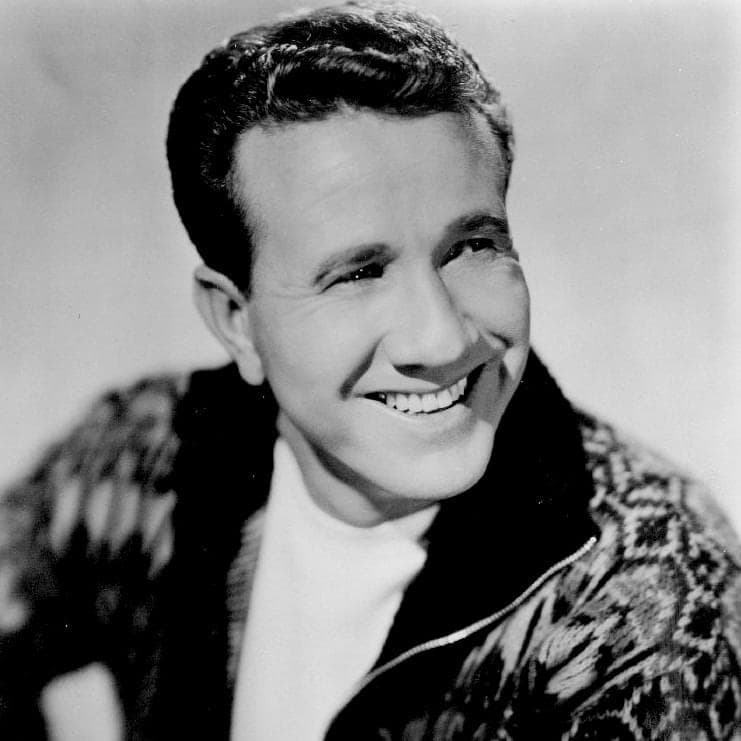
The Haunting Echo: A Modern Tale of an Old West Tragedy
There are certain melodies that settle deep into the American musical landscape, becoming more than just songs—they become folklore. For those of us who grew up on the dusty trails and desperate romance of the classic Western ballad, few names resonate as powerfully as Marty Robbins. And while his masterful 1959 hit, “El Paso”, told the original, tragic story, it was his 1976 spiritual sequel, “El Paso City”, that dared to ask the reflective question: does the past ever truly leave us?
Released in March 1976 as the title track from the album El Paso City, this ballad marked a triumphant return for Robbins. It soared to the coveted Number 1 position on the U.S. Billboard Hot Country Singles chart, a perch it held for two weeks. This was a remarkable achievement, becoming Robbins’ 15th career number one and, perhaps more sweetly, his first chart-topper since “My Woman, My Woman, My Wife” six long years before. For fans who cherished his narrative genius, this proved that the storyteller still had a grip on the public heart, and that the power of a great Western saga was timeless.
The true magic of “El Paso City” lies in its fascinating genesis and its poignant theme of reincarnation and eternal connection. The legend goes that Marty Robbins composed the entire song while flying over El Paso, Texas, in a modern-day airplane. In a moment of pure, lightning-strike inspiration, he wrote the entire, full-length song in a flash—just four minutes and fourteen seconds, the same amount of time it takes to sing it. This near-miraculous burst of creativity mirrors the way he wrote the original “El Paso” nearly two decades earlier, cementing both songs as products of genuine, spontaneous genius.
The narrative of “El Paso City” finds the narrator, a man of the present, gazing down upon the West Texas town from his plane. The sight of the city triggers a profound and irresistible recollection of the famous song he’d heard long ago about a jealous cowboy who killed a rival, fled, and then returned to die for his forbidden love with the Mexican maiden, Feleena. The modern-day traveler doesn’t recall who sang the old song, yet the story grips him with a sense of supernatural déjà vu.
This is the song’s deepest meaning: a meditative, wistful exploration of past lives and the enduring echoes of intense love and regret. The narrator sings, with a voice full of wonder and longing, “Could it be that I could be the cowboy in this mystery…?” It is the very essence of Robbins’ artistry—taking the simple, vivid drama of the Old West and infusing it with a philosophical question for the modern age. It makes us, the listeners, pause and wonder if the powerful emotions and deep connections we feel might not be new, but rather the lingering residue of a soul’s long, dramatic journey. It’s a nostalgic reflection, blending the Spanish-flavored guitar riffs that defined “El Paso” with a 1970s sensibility, inviting us to look down at the world below and feel the weight of history beneath our wings. For the older reader, it’s a beautiful reminder that while the decades change, the great, eternal stories of the heart—love, loss, and destiny—remain the same.